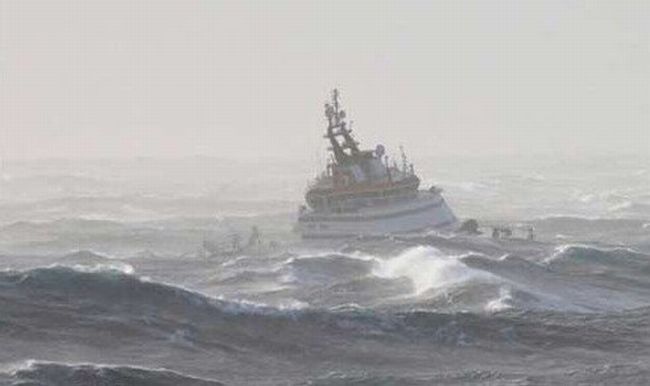|
|
Ship In A Storm
|
Their crews were normally out to sea for three weeks at a time, returning to port for 10 day stretches. Weather ship observations proved to be helpful in wind and wave studies, as they did not avoid weather systems like other ships tended to for safety reasons. They were also helpful in monitoring storms at sea, such as tropical cyclones. The removal of a weather ship became a negative factor in forecasts leading up to the Great Storm of 1987. Beginning in the 1970s, their role became largely superseded by weather buoys due to the ships' significant cost. The agreement of the use of weather ships by the international community ended in 1990. The last weather ship was Polarfront, known as weather station M ("Mike"), which was put out of operation on 1 January 2010. Weather observations from ships continue from a fleet of voluntary merchant vessels in routine commercial operation.
• Inland and coastal boats
Many types of boats and ships are designed for inland and coastal waterways. These are the vessels that trade upon the lakes, rivers and canals.
Barges are a prime example of inland vessels. Flat-bottomed boats built to transport heavy goods, most barges are not self-propelled and need to be moved by tugboats towing or towboats pushing them. Barges towed along canals by draft animals on an adjacent towpath contended with the railway in the early industrial revolution but were out competed in the carriage of high value items because of the higher speed, falling costs, and route flexibility of rail transport.
|
|









